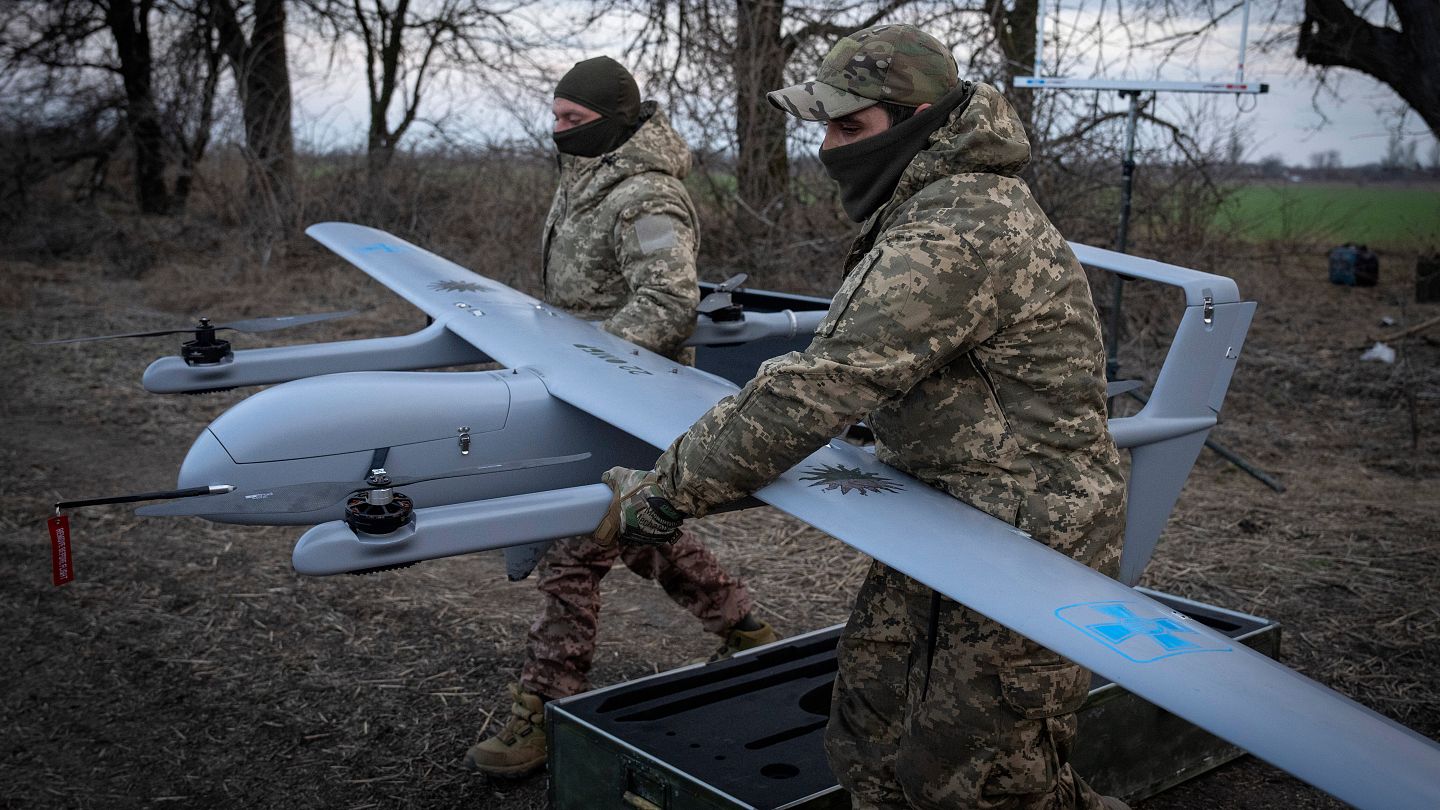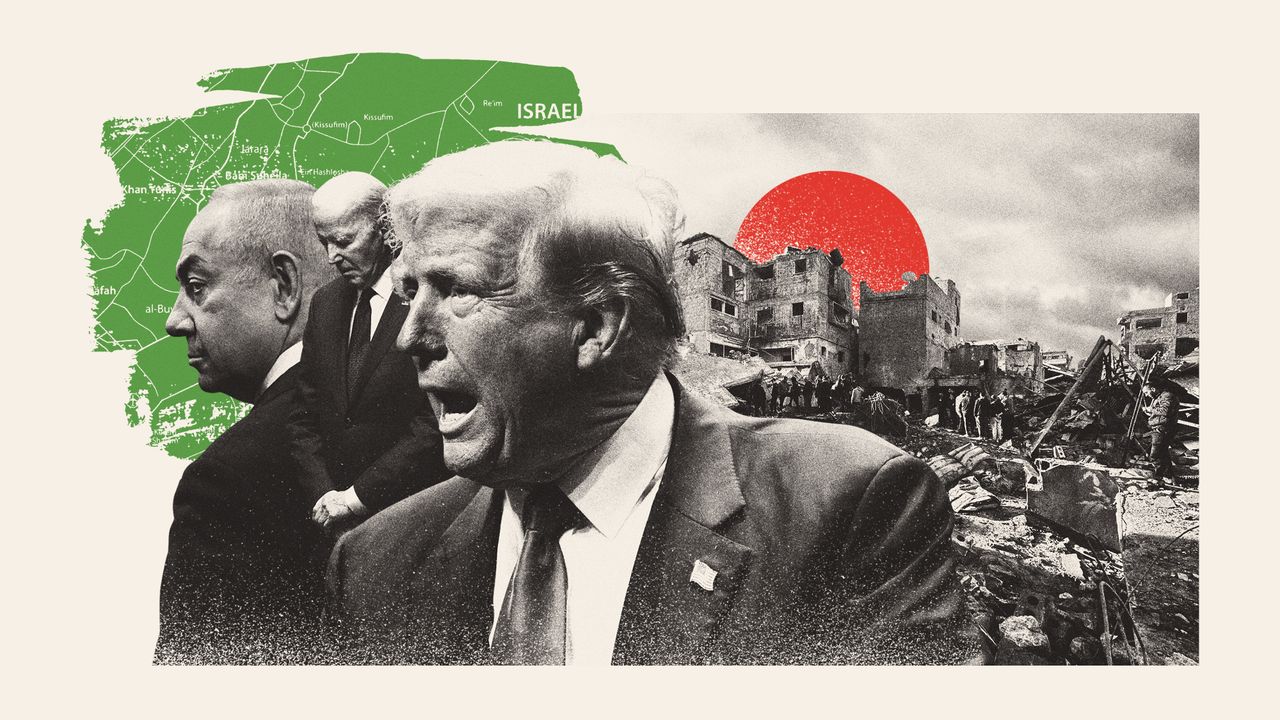The Overshadowed Consequences of Ukraine's Drone Strikes on Russia

While the headlines are buzzing with Ukraine's "massive" drone attacks deep into Russian territory, there's a less-discussed narrative that deserves equal attention. The media often highlights the tactical brilliance and strategic importance of these operations for Ukraine. However, there's a significant human and environmental toll that these drone strikes impose, which is often brushed aside in the rush to cover the latest military maneuvers.
The Human Cost of War
The drone strikes, which reportedly targeted regions like Bryansk, Saratov, and Tula, are far from being mere strategic moves on a chessboard. They affect real people. The Russian Emergency Situations Ministry reports that many civilians in these areas have faced disruptions in their daily lives. Schools and hospitals have been temporarily closed, and thousands have been left without power due to the damage inflicted on infrastructure.
Consider the case of Natalia Ivanovna, a resident of Bryansk. "I woke up to the sound of explosions," she said in an interview with a local news outlet. "Our children are scared, and we don't know when it will be safe again." Natalia's story is a stark reminder that behind every strategic gain lies a tapestry of human suffering that transcends borders and nationalities.
The psychological impact on civilians, who live in constant fear of the next strike, is profound. It's reminiscent of the same fears faced by Ukrainians during Russian bombardments. This cycle of fear and trauma perpetuates a never-ending spiral of conflict, affecting generations to come.
Environmental Impact: A Silent Crisis
Beyond the immediate human cost, the environmental repercussions of such military actions are grave. Explosions from drone strikes release harmful chemicals into the air, soil, and water. According to a report by Greenpeace, the long-term impact of these chemicals can lead to soil degradation and water contamination, affecting agriculture and natural ecosystems.
In regions like Saratov, known for its agricultural output, these environmental disruptions threaten the livelihoods of farmers. With the soil quality declining due to chemical exposure, crop yields could suffer in the coming years, affecting food supply and prices not just locally but potentially on a global scale.
Moreover, the energy required to manufacture and deploy these drones, along with the subsequent clean-up operations, contributes significantly to carbon emissions. This environmental cost is rarely factored into the broader narrative of military success but is crucial for understanding the true cost of war.
The Risk of Escalation
Another critical aspect that is often overlooked is the risk of escalation. While Ukraine's ability to strike deep into Russian territory is lauded as a strategic achievement, it also heightens the risk of a broader conflict. Russia, a nuclear power, might feel cornered and could potentially respond with disproportionate force, further endangering regional stability.
The international community has been cautiously monitoring these developments, urging restraint from both sides. The fear is that continuous escalation could lead to a wider confrontation involving NATO and other global powers, pulling the world into a conflict with catastrophic consequences.
Historically, similar situations have spiraled out of control. The assassination of Archduke Franz Ferdinand in 1914, for instance, set off a chain reaction that led to World War I. In today’s interconnected world, the stakes are even higher.
Diplomatic Solutions: The Road Less Taken
While military operations dominate the headlines, the pursuit of peace through diplomacy is often sidelined. Yet, history has shown that sustainable peace is rarely achieved through military might alone. The Minsk Agreements of 2015, though flawed, were a step towards dialogue and de-escalation. Unfortunately, such initiatives are frequently overshadowed by the allure of immediate tactical victories.
Diplomatic efforts require patience, compromise, and a willingness to engage in dialogue, even with adversaries. These are qualities that are often in short supply during times of conflict. However, they are essential for breaking the cycle of violence that grips both Ukraine and Russia.
Encouragingly, there have been recent calls from various international leaders for renewed peace talks. These voices highlight the need for a comprehensive solution that addresses not only the territorial disputes but also the underlying issues that fuel the conflict.
Rethinking Victory
In the current media landscape, it's easy to get caught up in the narrative of military success as a measure of progress. However, true victory in any conflict should be measured by the restoration of peace, stability, and the well-being of all affected peoples.
Ukraine's drone strikes may indeed demonstrate their strategic capabilities, but they also underscore the need to consider the broader implications of such actions. The human and environmental costs, the risk of escalation, and the overshadowed path of diplomacy all suggest that it's time to rethink what victory truly means.
As the world watches, it is crucial for both Ukraine and Russia to recognize that sustainable peace is the ultimate goal. This requires a shift from the battlefield to the negotiating table, where long-lasting solutions can be crafted. Only then can the cycle of violence be broken, ensuring a safer, more stable future for all.

Screen Studio
Beautiful Screen Recordings in Minutes. Screen Recorder producing high-impact videos automatically. Designed for macOS.


